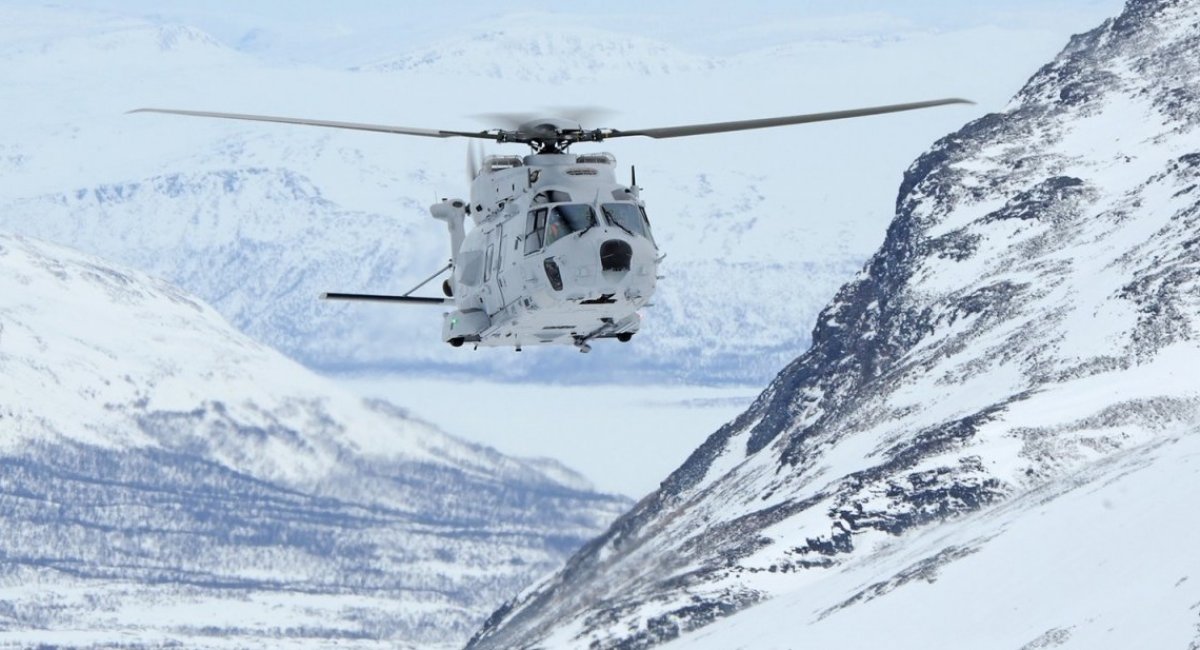I agree with you that RAMD (Reliability, Availability, Maintainability & Durability) should be a fully developed section of every SOR, but, in my experience - very, very out of date - it was rarely even mentioned. The two exceptions were the CPF (RAdm Ed Healey wrote the SOR) and the CF-18 (BGen Murray Ramsbottom). My memory says that it was barely mentioned for the MCDVs or the MOWAG Vehicle (now the LAV) until the projects reached RAdm Healey's desk, then he sent the engineers back to the books to consider the "basics." My sense - again, I stress from decades ago - was that the "operators" who were the project sponsors and wrote the initial SORs hated, RAMD because it was complex and unfamiliar. My sense, also, was that there was little difference between Canadian, American and Brit "operators" in that regard.


